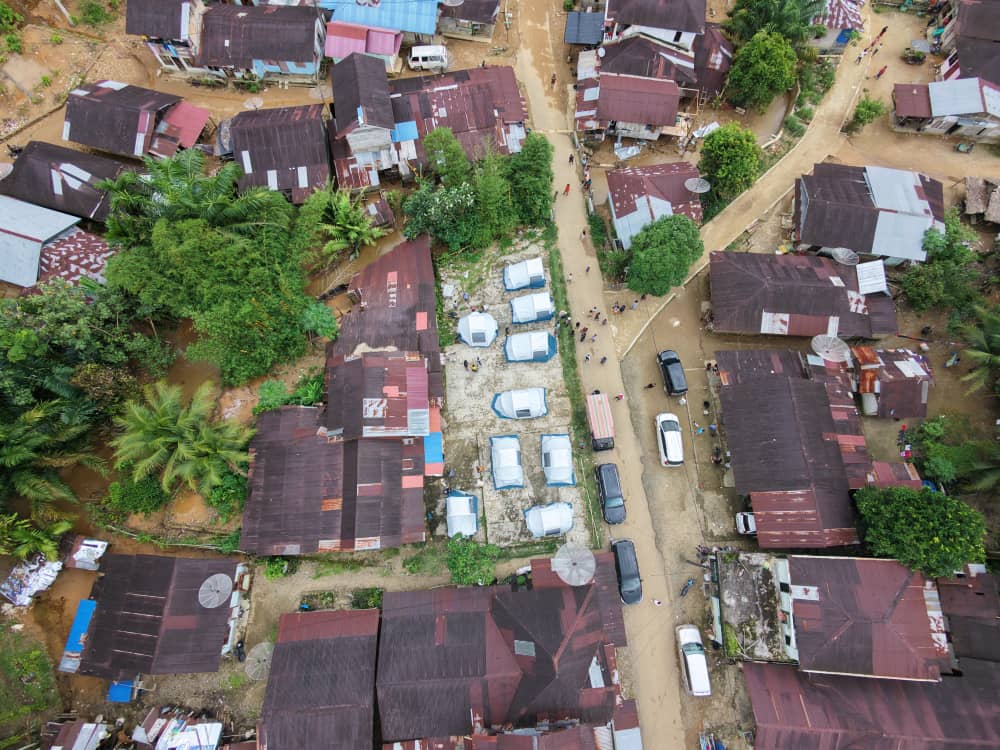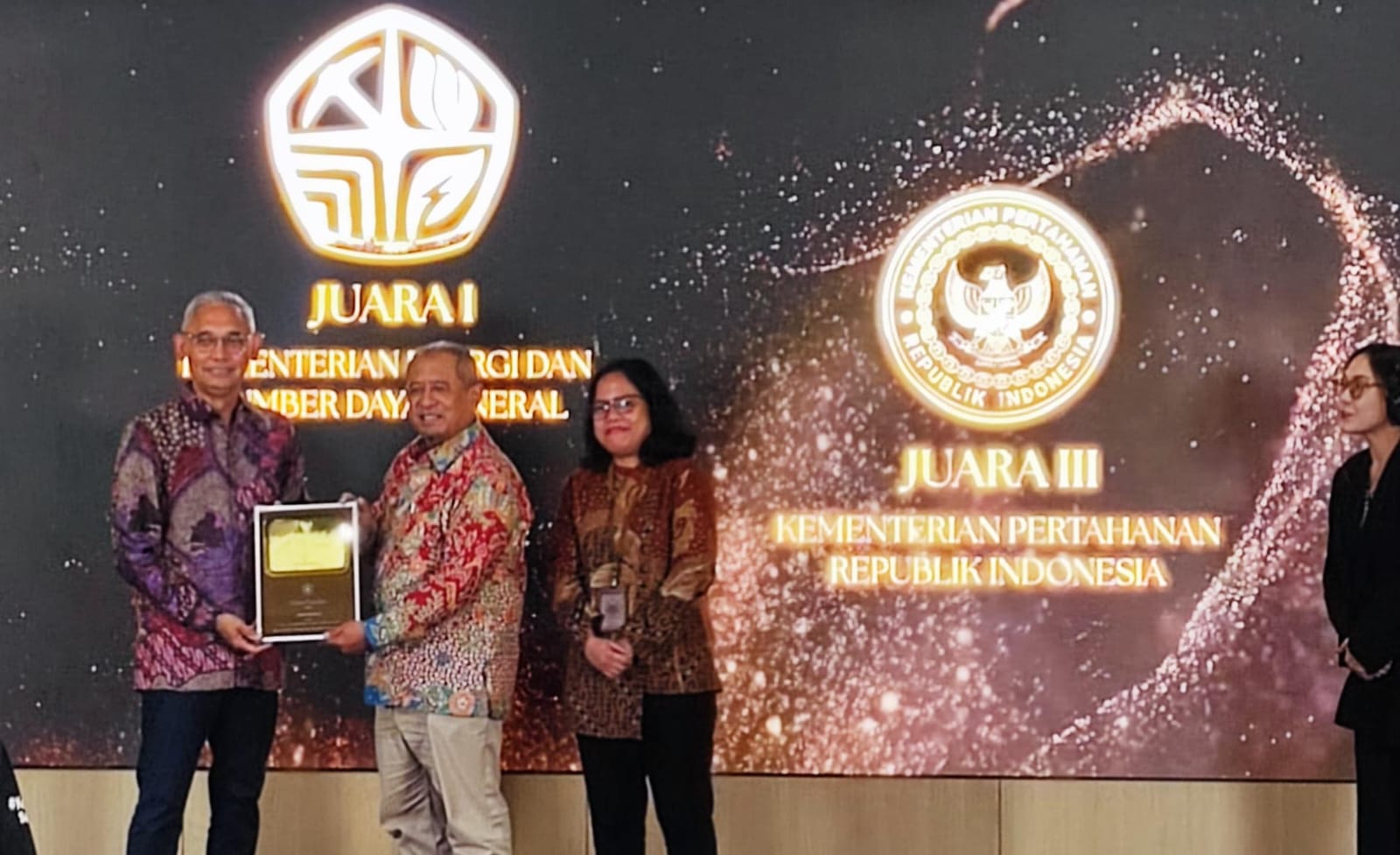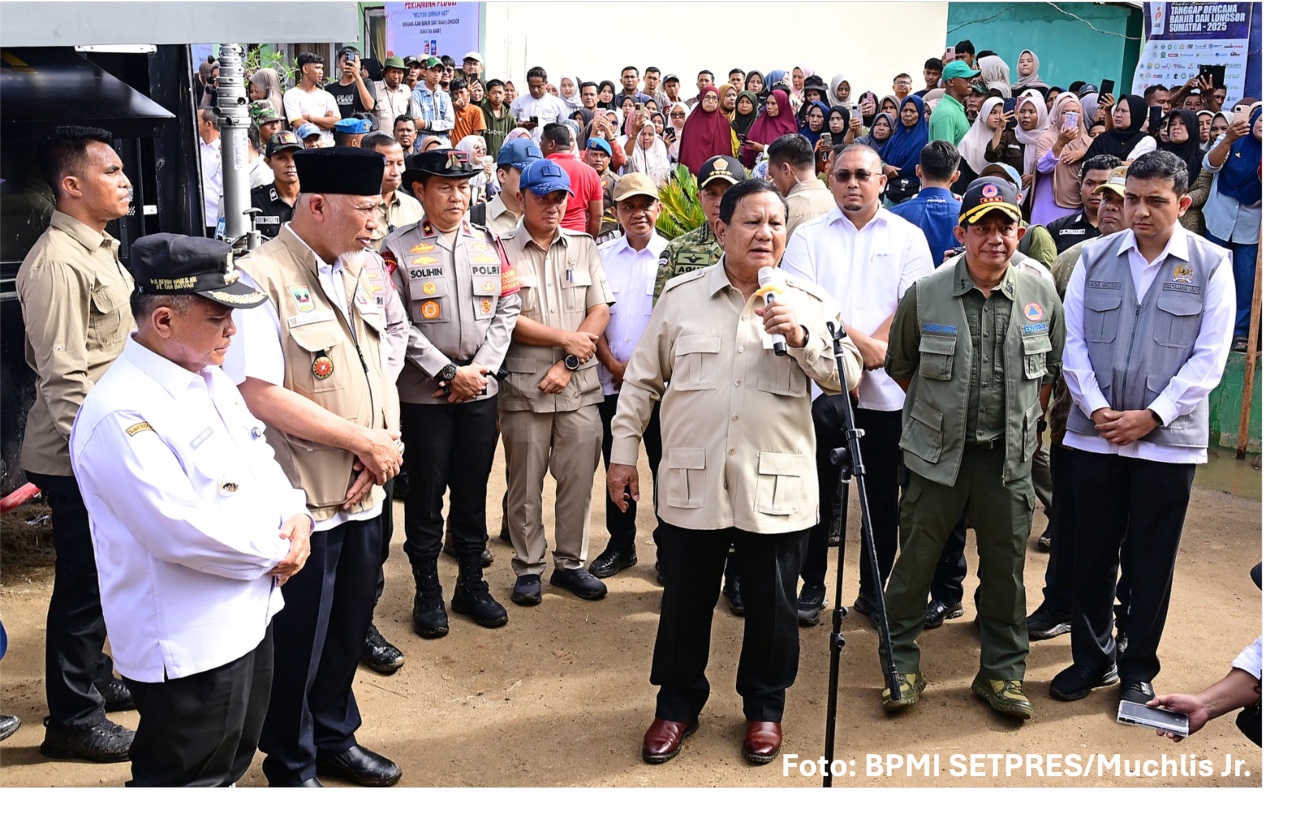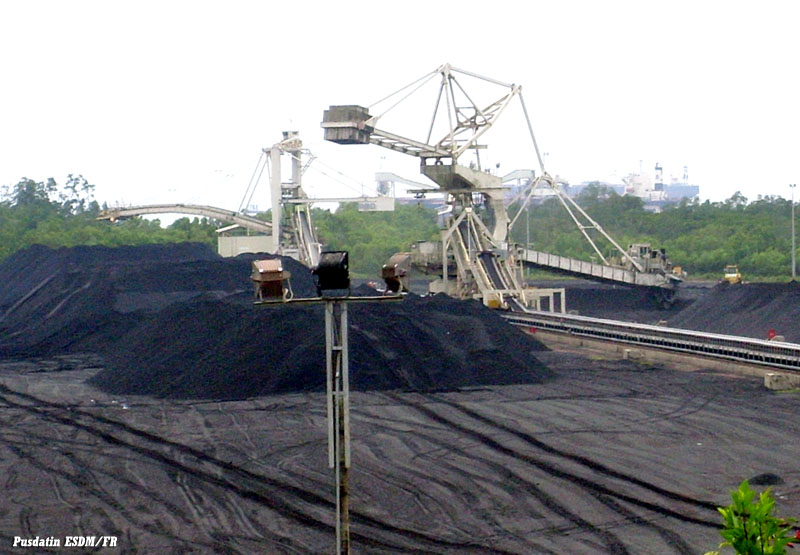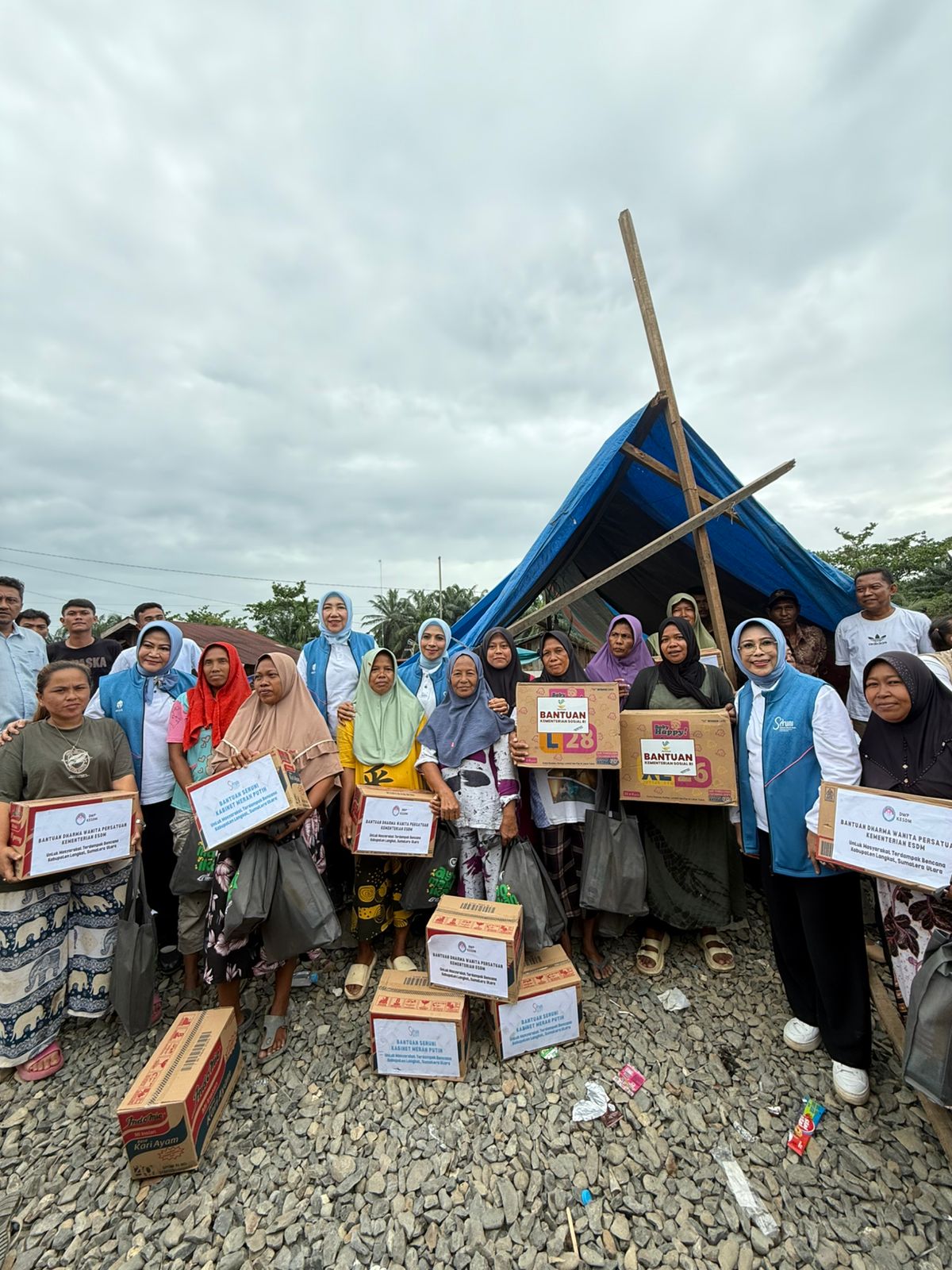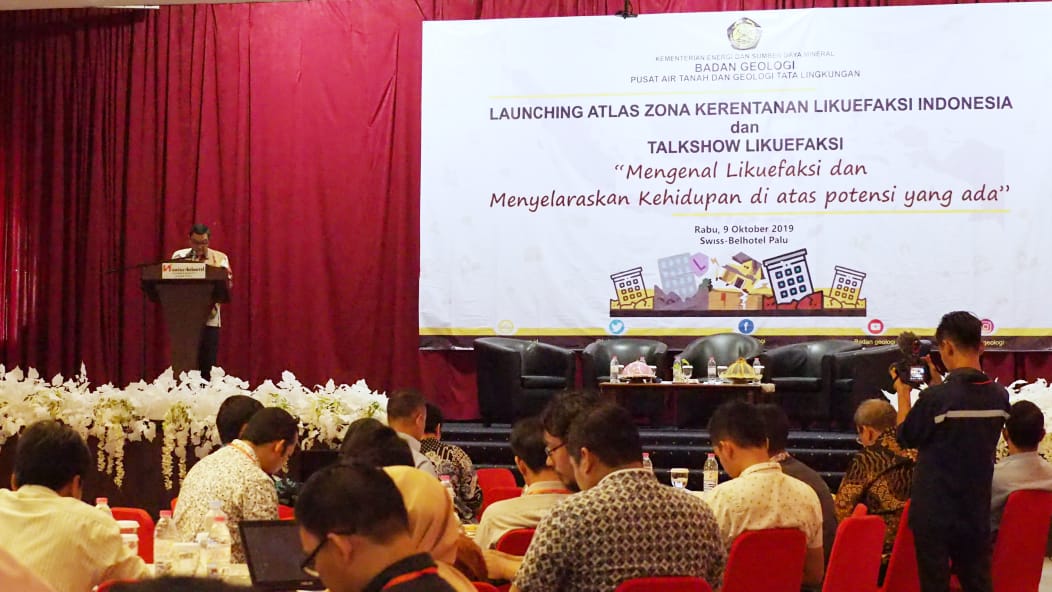
One Year after Palu Earthquake, "Atlas of Indonesia’s Liquefaction Susceptibility Zones” Launched
MINISTRY OF ENERGY AND MINERAL RESOURCES
REPUBLIC OF INDONESIA
PRESS RELEASE
NUMBER: 600.Pers/04/SJI/2019
Dated: 9th October 2019
One Year after Palu Earthquake, "Atlas of Indonesia's Liquefaction Susceptibility Zones" Launched
One year has passed since the Palu-Donggala earthquake and liquefaction. The disaster has been studied by various experts from different fields, while discussions are still taking place in an effort to better understand the mechanism of the disaster. Future mitigation and prevention efforts to deal with similar disaster must be improved continuously. One of such efforts had been made by the Geological Agency of Ministry of Energy and Mineral Resources, by launching the "Atlas of Indonesia's Liquefaction Susceptibility Zones" in Palu, Central Sulawesi, Wednesday (9/10).
"Natural disaster threats in Indonesia are unavoidable. Most of our country's areas are located on the meeting point of the world's large continental shelves. These shelves are the sources of earthquakes due to the collision between the shelves. The collision of the world's three large continental shelves, namely Eurasia, Indo-Australia, and Pacific, has always created potential earthquake threats to Indonesia's residents. In addition to earthquake, any dangers that follow it such as liquefaction has created a separate threat to the people's life and infrastructure security," said Head of Geological Agency, Rudy Suhendar, in his opening speech.
He said that liquefaction that followed an earthquake was a process when soil 'melted' because the shaking of the earthquake had made the soil lose its sliding power and take on the characteristics of a fluid. The 'melting' or dissolution of the soil may cause destruction to the buildings constructed on it, for example, making them tilted, damaging the foundation or cracking the walls, or even causing the buildings to collapse.
"The soil melting that occurred in Palu a year ago had triggered the movement and deformation of the surface soil, resulting in displacement of it. This eventually damaged the buildings on the surface and inflicted heavy casualties," Rudy explained.

Head of Bureau of Communication, Public Information Services, and Cooperation
Agung Pribadi (08112213555)
Share This!

